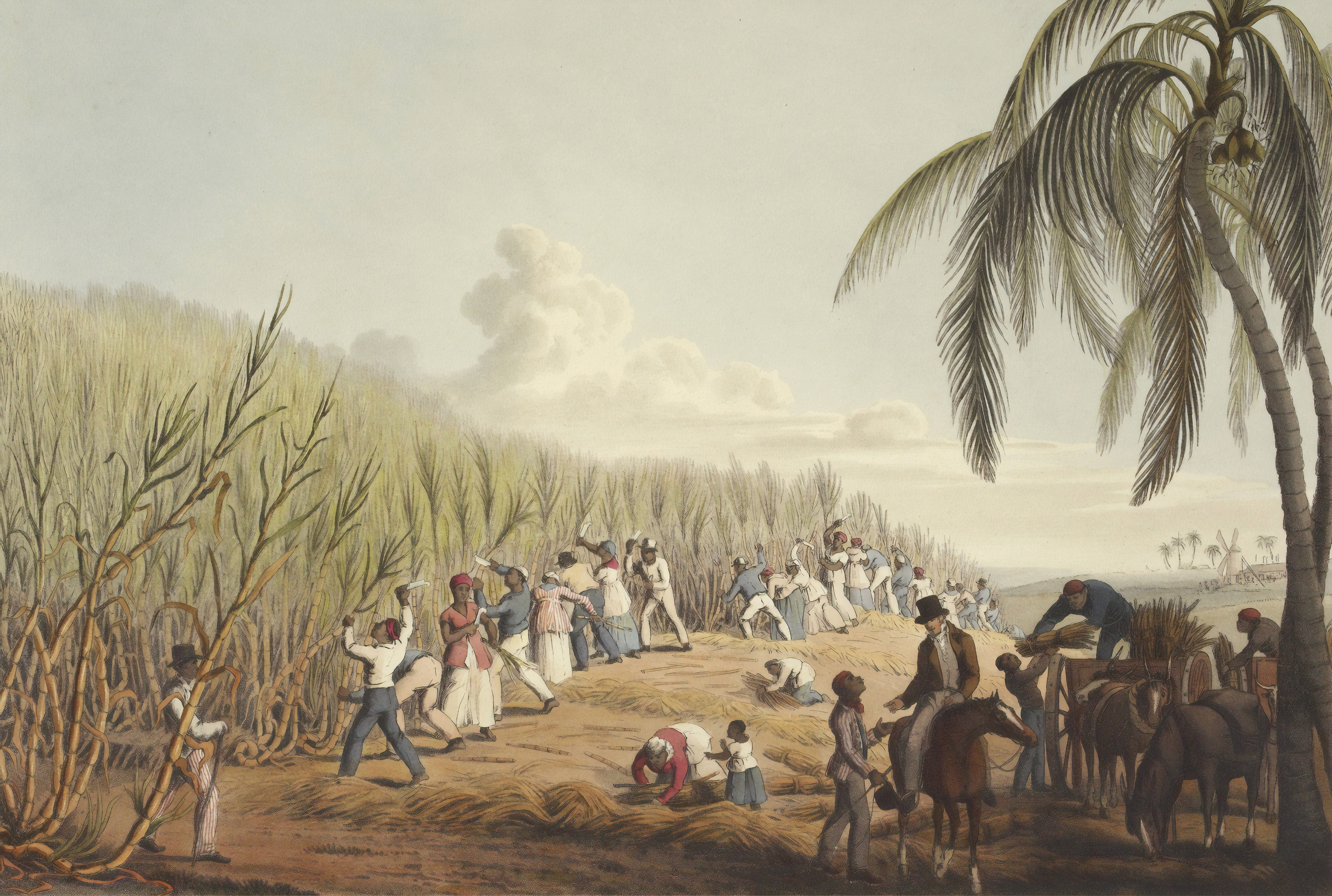Journal of the Society for Cardiovascular Angiography and Interventions, Volume 2, 1 November 2023
Neuropsychiatric Disorders and Epigenetics: Translational Epigenetics, Second Edition, 2024, Pages 103-124
Genomics in the Clinic: A Practical Guide to Genetic Testing, Evaluation, and Counseling, 2024, Pages 493-494
This case study aligns with Goal 3: Good Health by highlighting the importance of accurate diagnosis and understanding of genetic conditions, which can lead to better health management and support for individuals with psychosis and learning disabilities. Additionally, it aligns with Goal 10: Reduced Inequalities by emphasizing the need for equitable access to healthcare and resources for individuals with complex health needs, ensuring that they receive appropriate care and support tailored to their specific conditions.
Reaching the Paris Agreement temperature targets requires a substantial increase in individual countries’ ambition to reduce GHG emissions. Research on the macroeconomic implications of global decarbonization pathways is limited, often focuses on the energy sector, and ignores shifts toward non-energy sectors, leading to concerns regarding unemployment and economic losses. We aim to analyze the mitigation options to bring emissions in line with ambitious climate targets and evaluate the macroeconomic consequences of this energy transition to investigate these concerns.
Menstrual Hygiene Day 2026
Menstrual health is a fundamental aspect of human rights, dignity, and public health. Menstrual Hygiene Day, observed annually on May 28th, is dedicated to breaking taboos and raising awareness about the importance of good menstrual hygiene management (MHM). This year, SDG Resources is leading the charge to educate, empower, and transform the conversation around menstrual health.
The Importance of Menstrual Hygiene
International Tea Day 2026
Celebrating a World of Flavors and Cultures: International Tea Day
Tea, a beverage steeped in history and culture, connects people across the globe. International Tea Day is dedicated to celebrating this diverse and beloved drink. The day honors the rich cultural heritage, health benefits, and the significant role tea plays in rural development and sustainable livelihoods.
The Significance of the Day
International Day of Remembrance of the Victims of Slavery and the Transatlantic Slave Trade 2026
Honoring Memories, Fostering Resilience
The annals of history bear witness to the atrocities and enduring impacts of slavery and the transatlantic slave trade. The International Day of Remembrance of the Victims of Slavery and the Transatlantic Slave Trade serves as a poignant reminder of this dark chapter in human history and its lasting effects on societies worldwide.
The Significance of the Day



